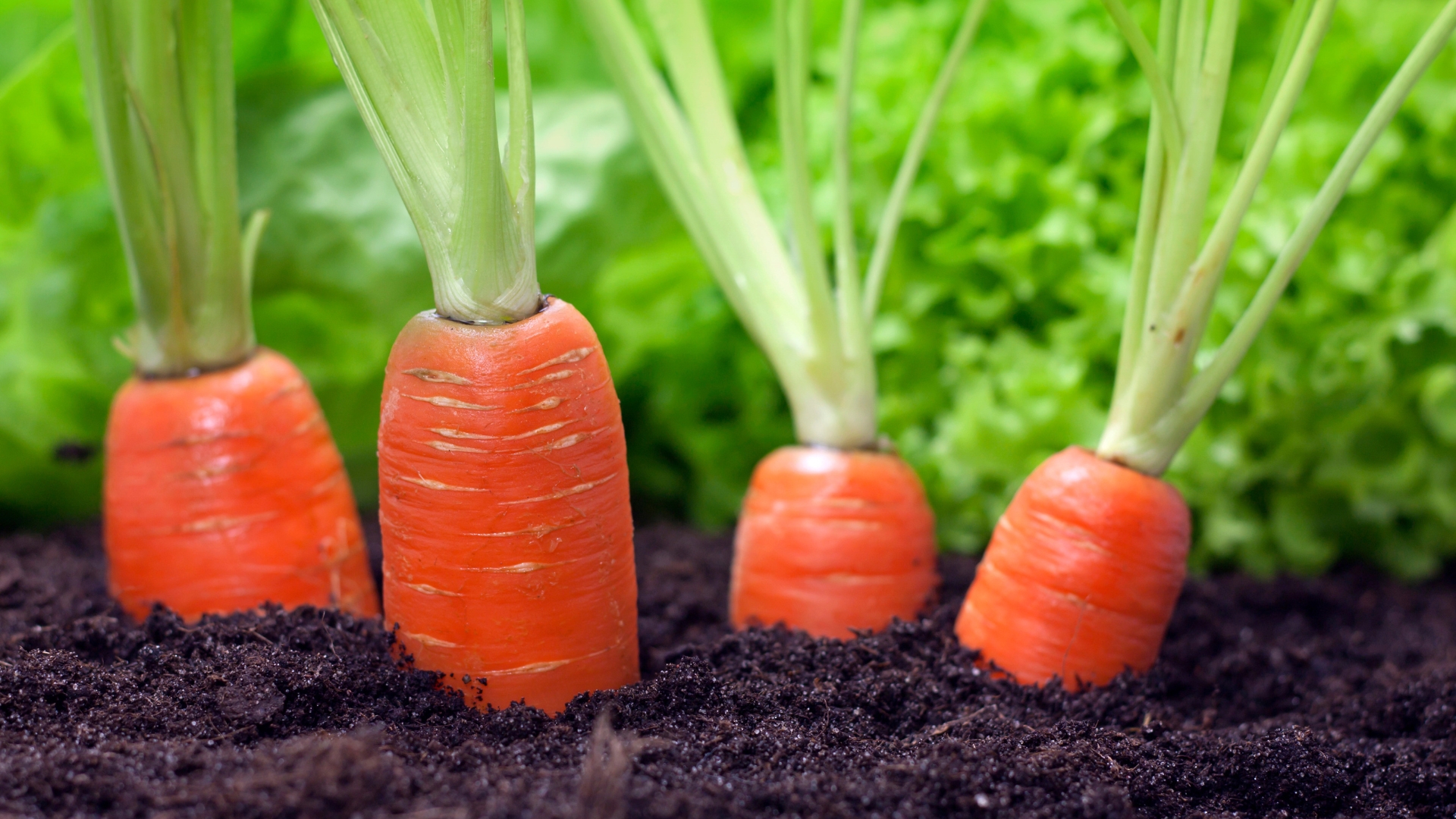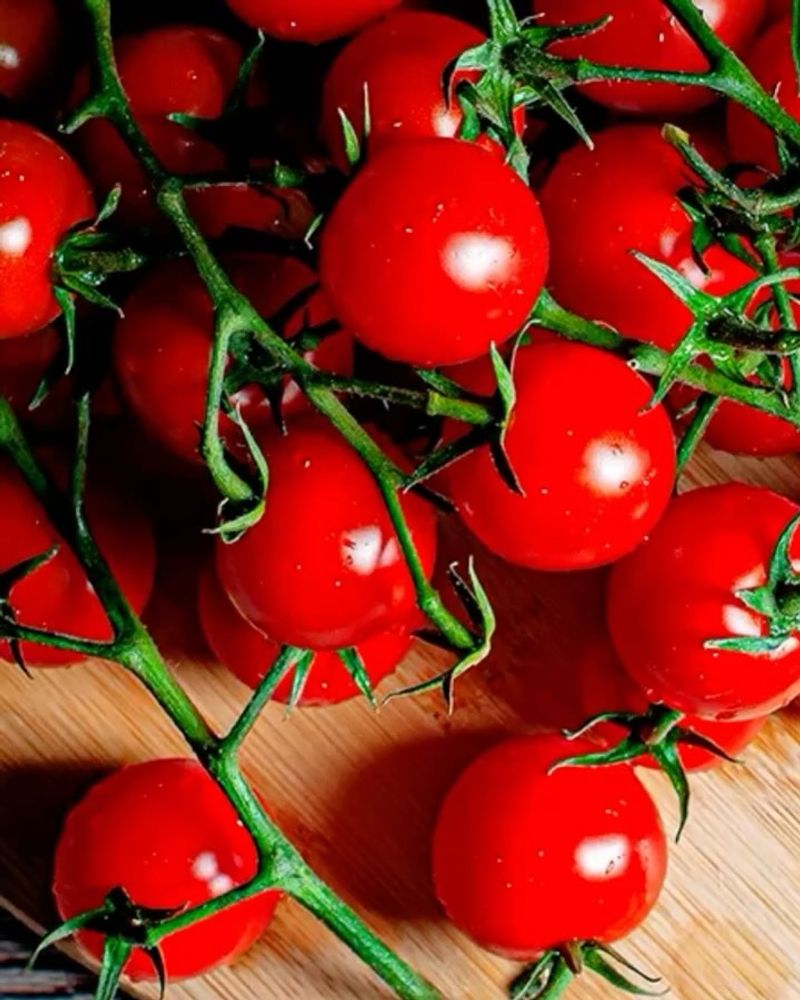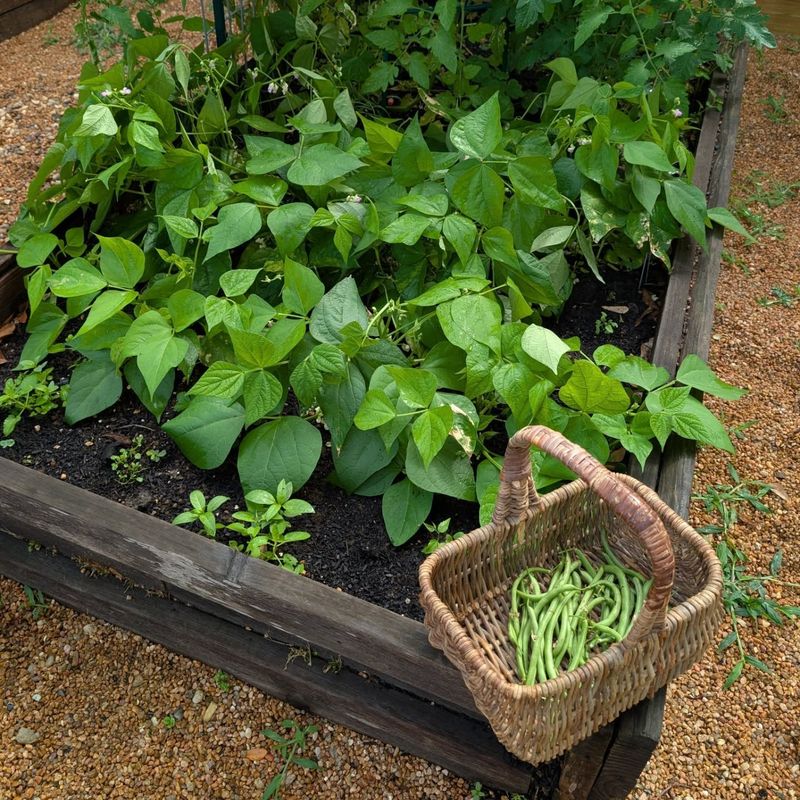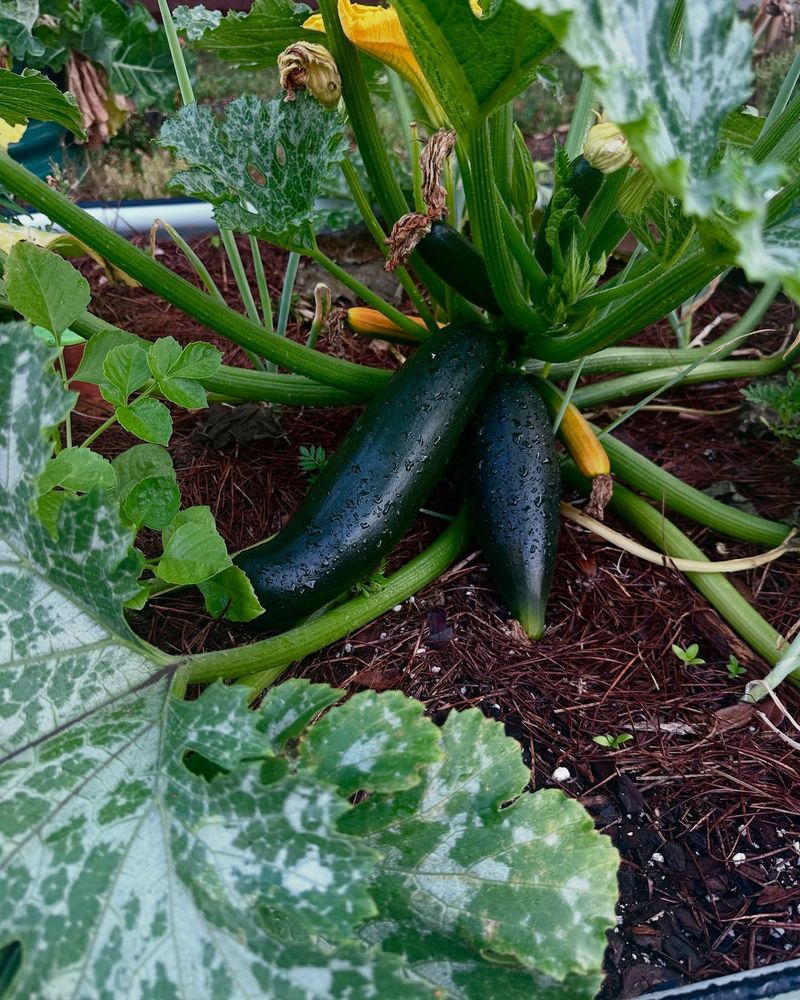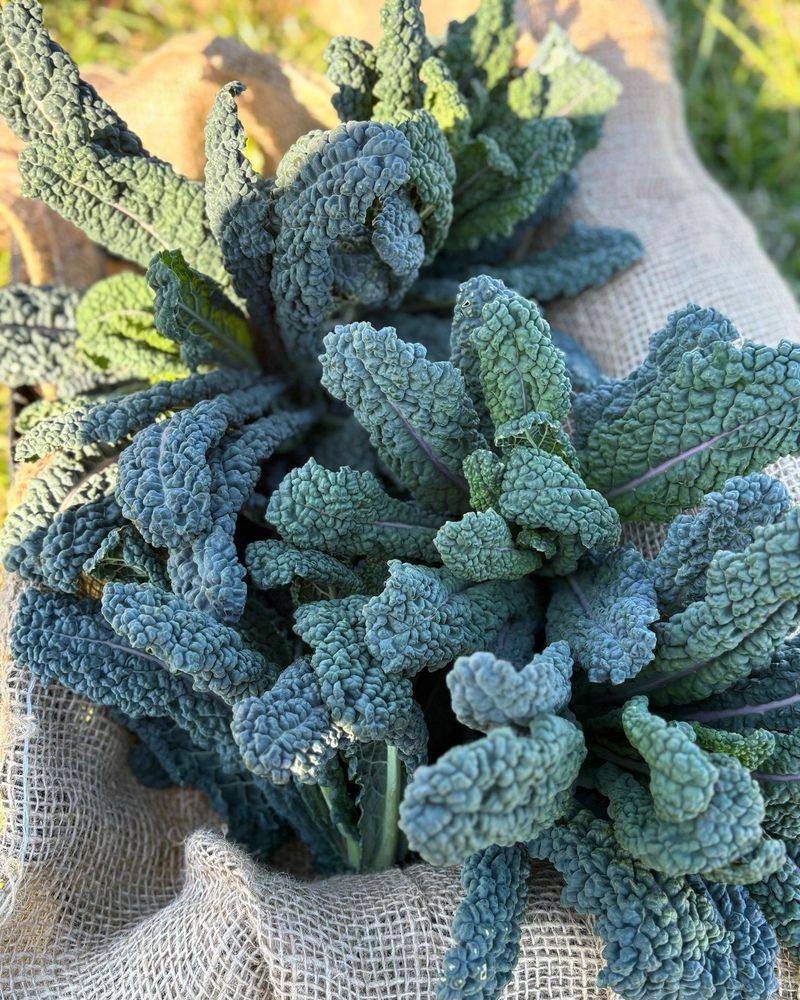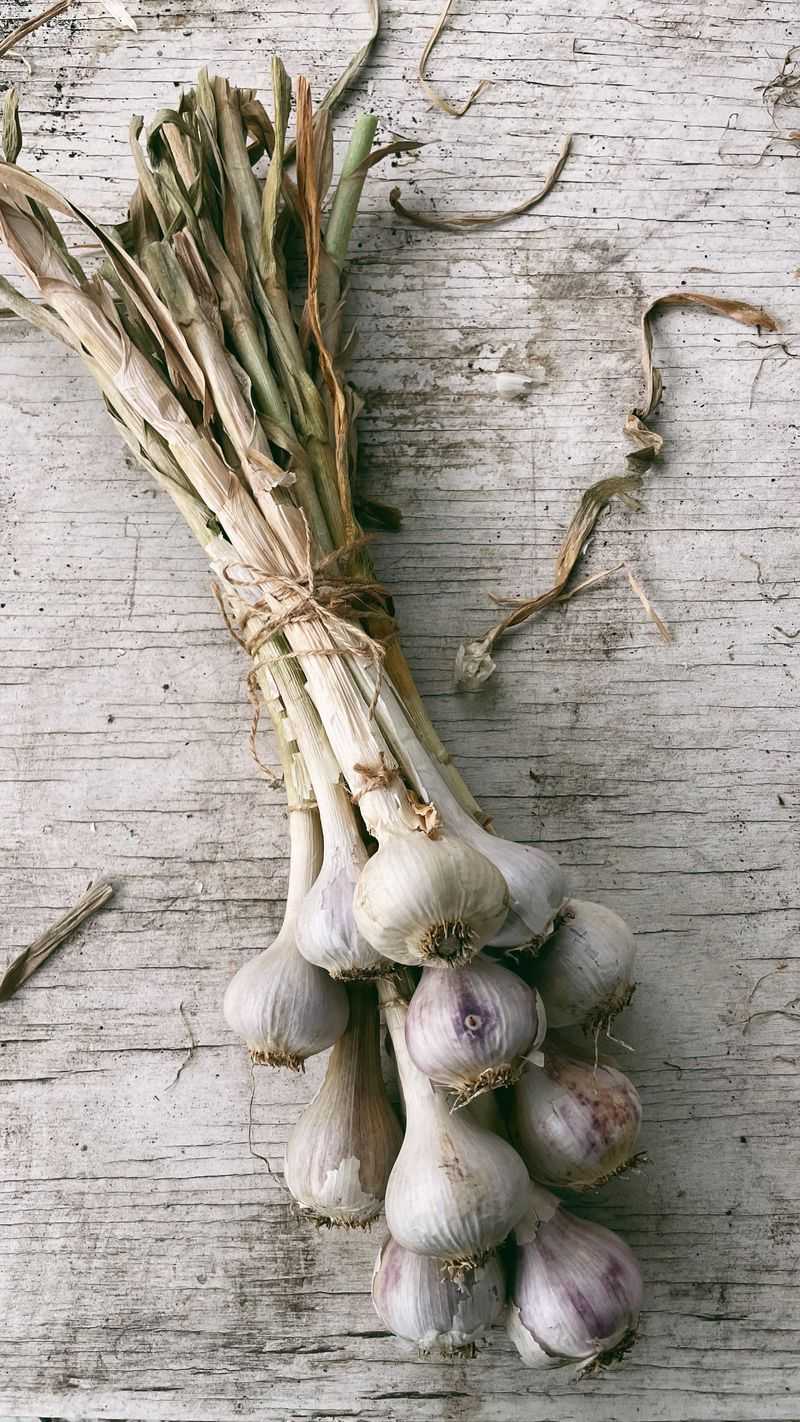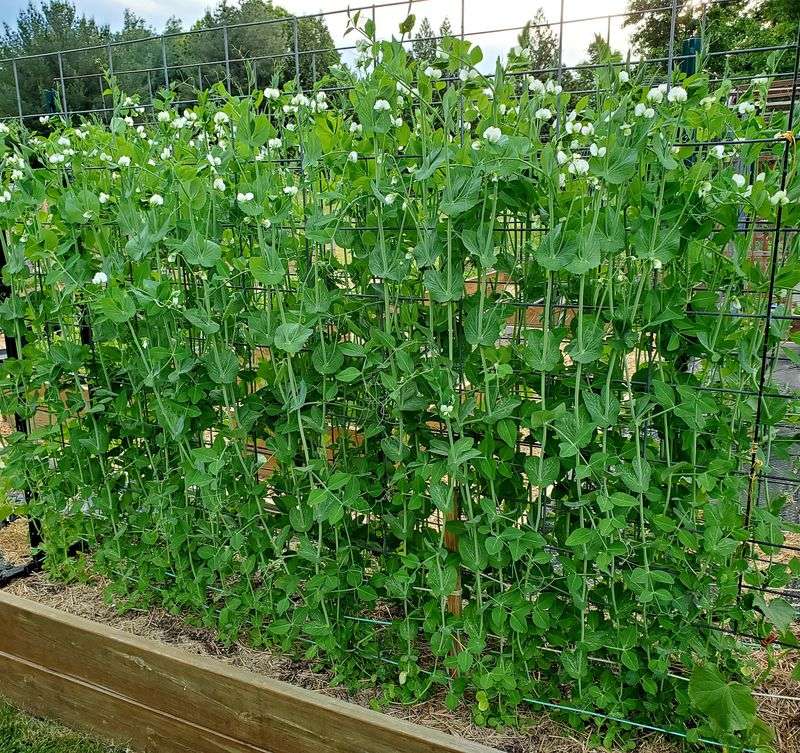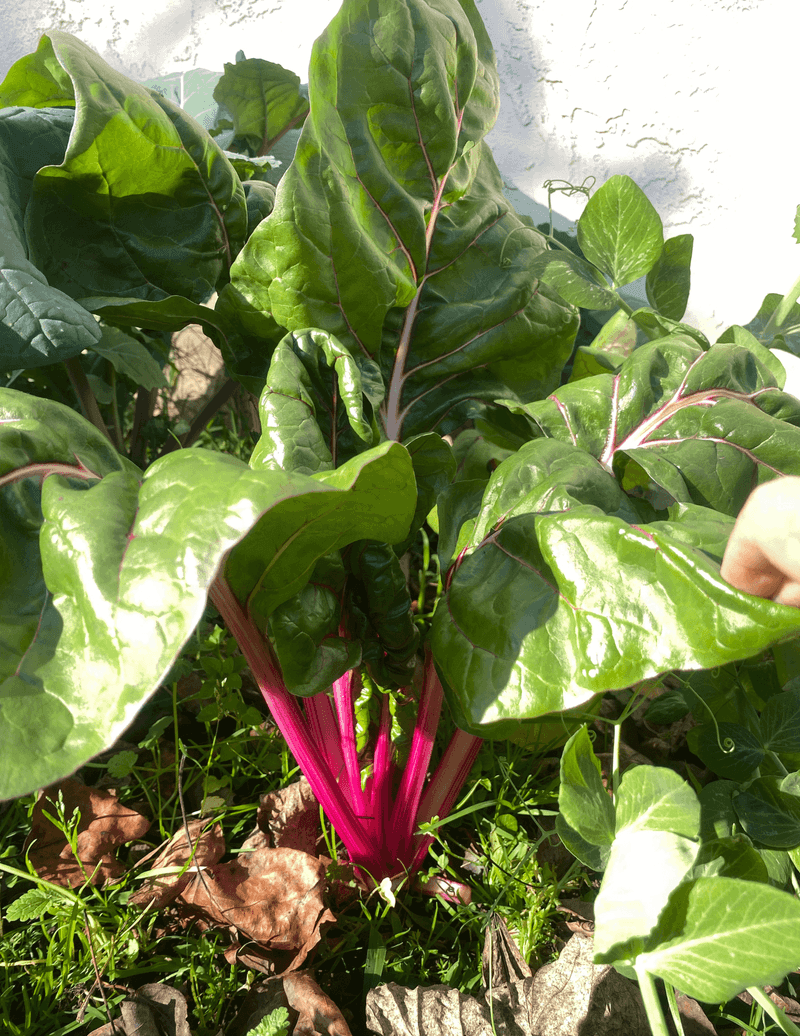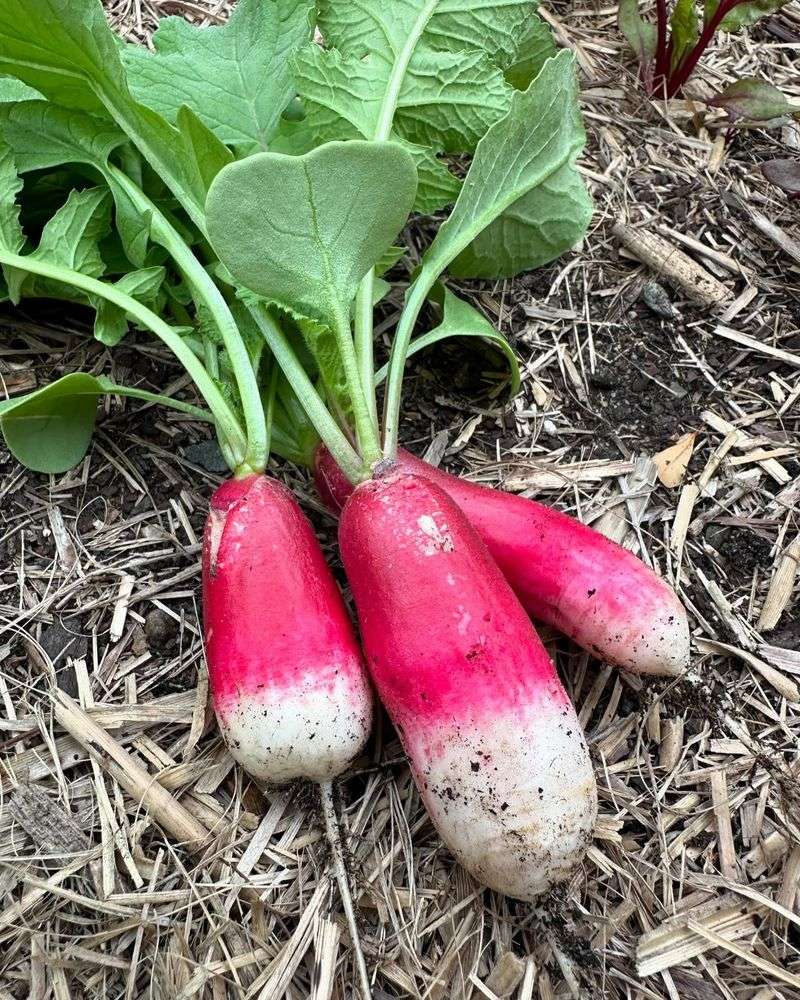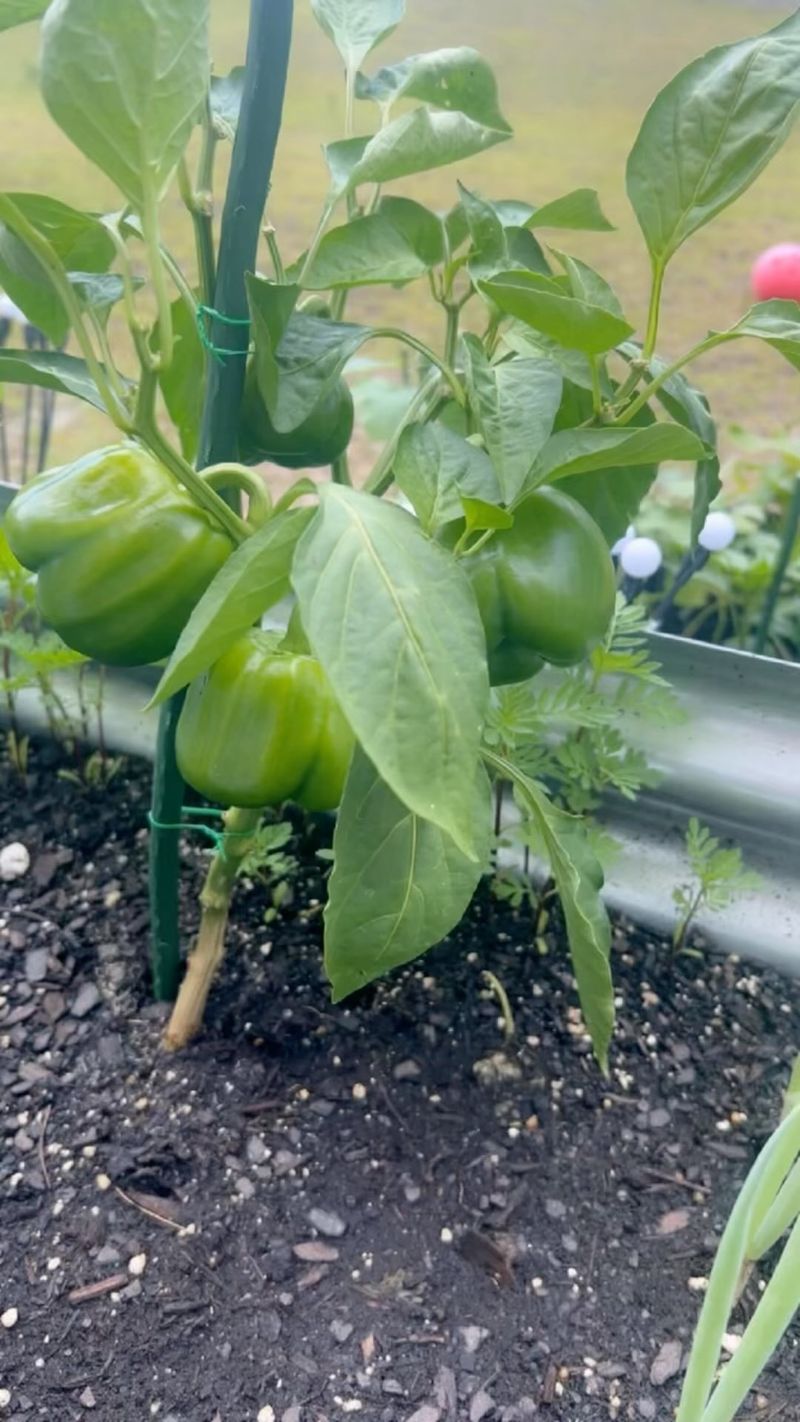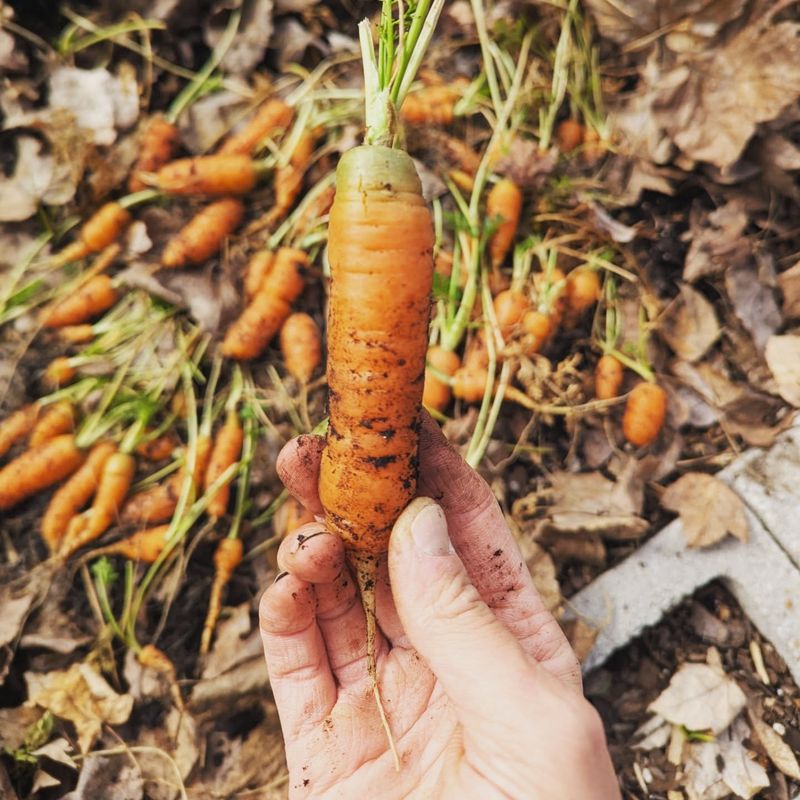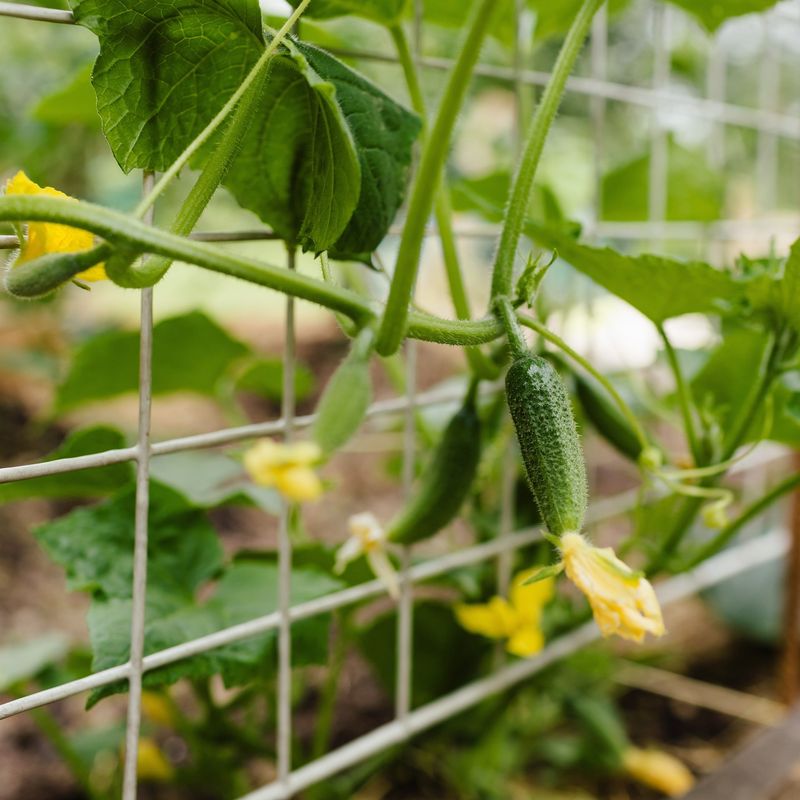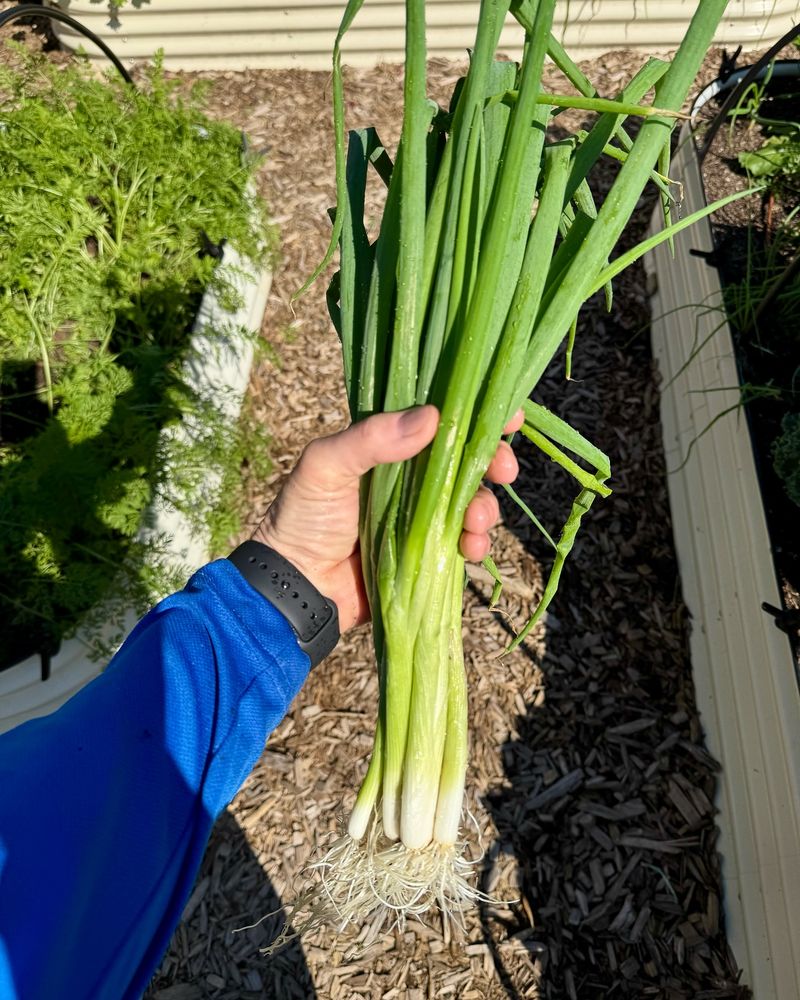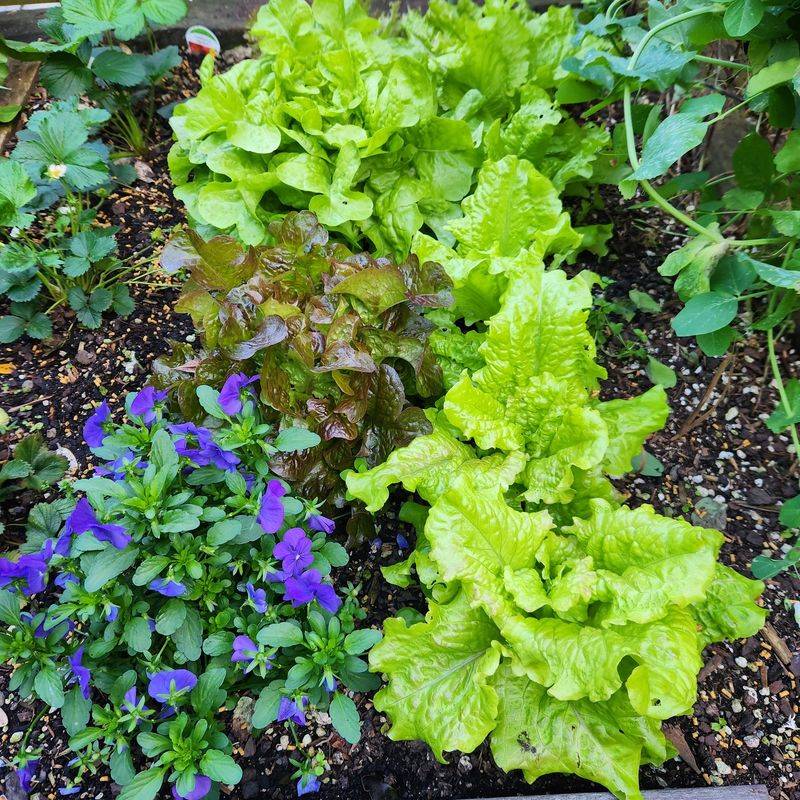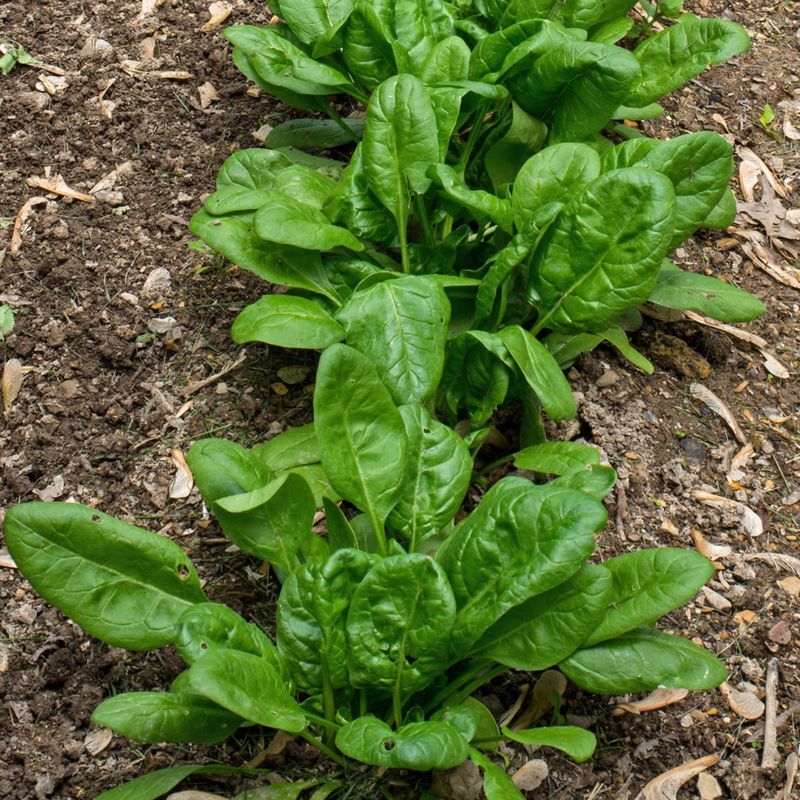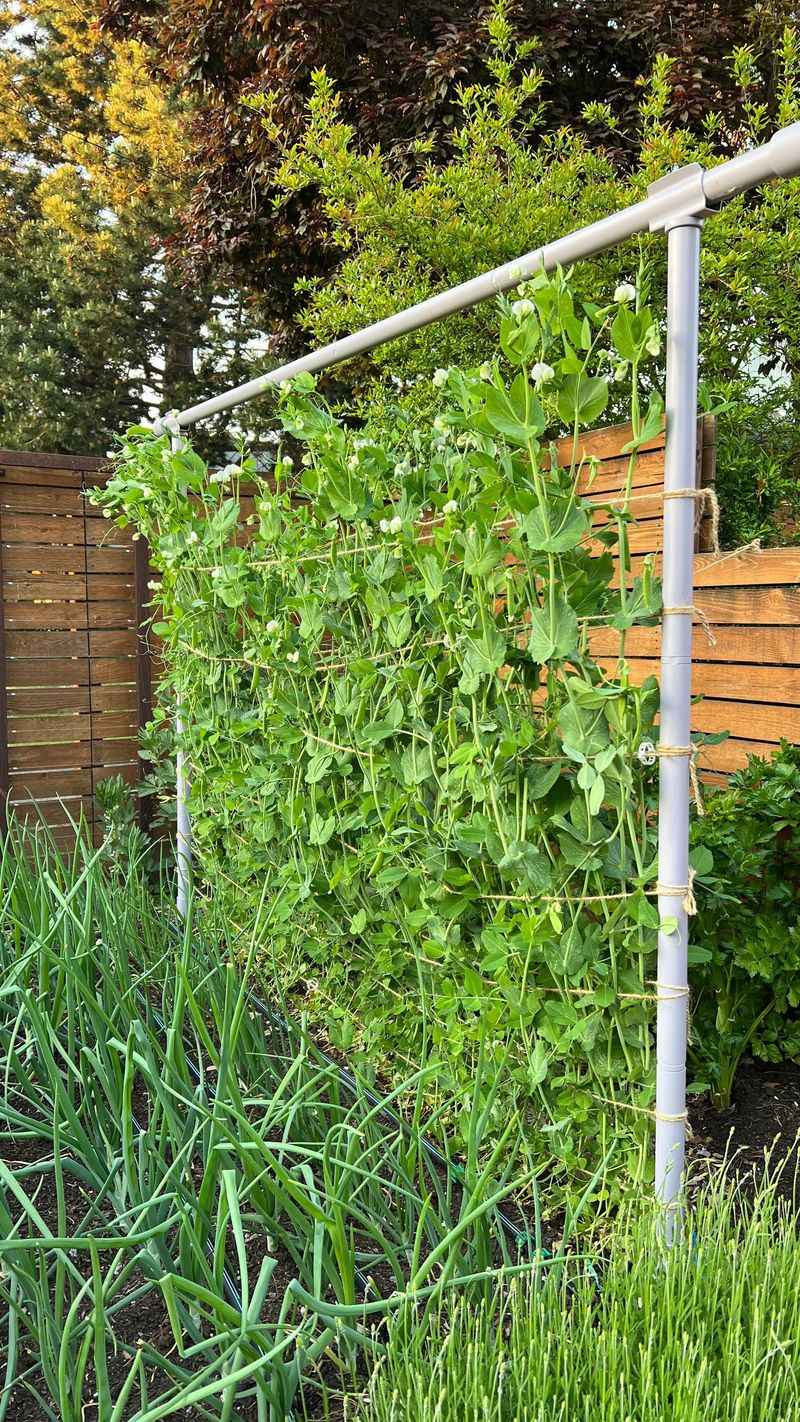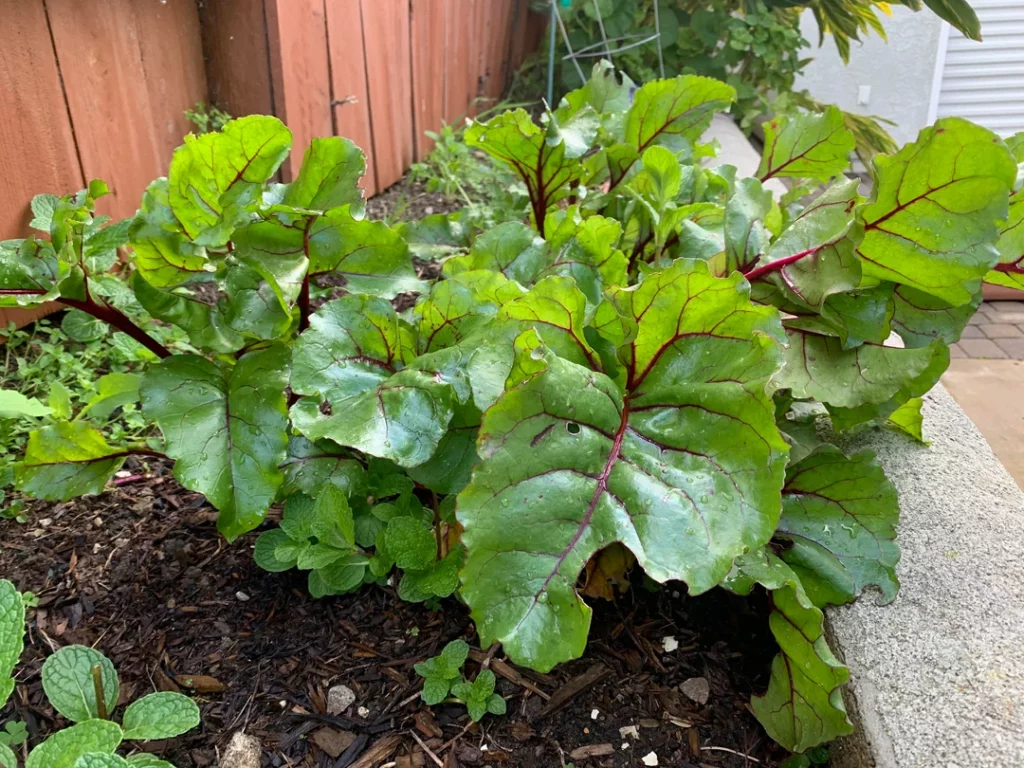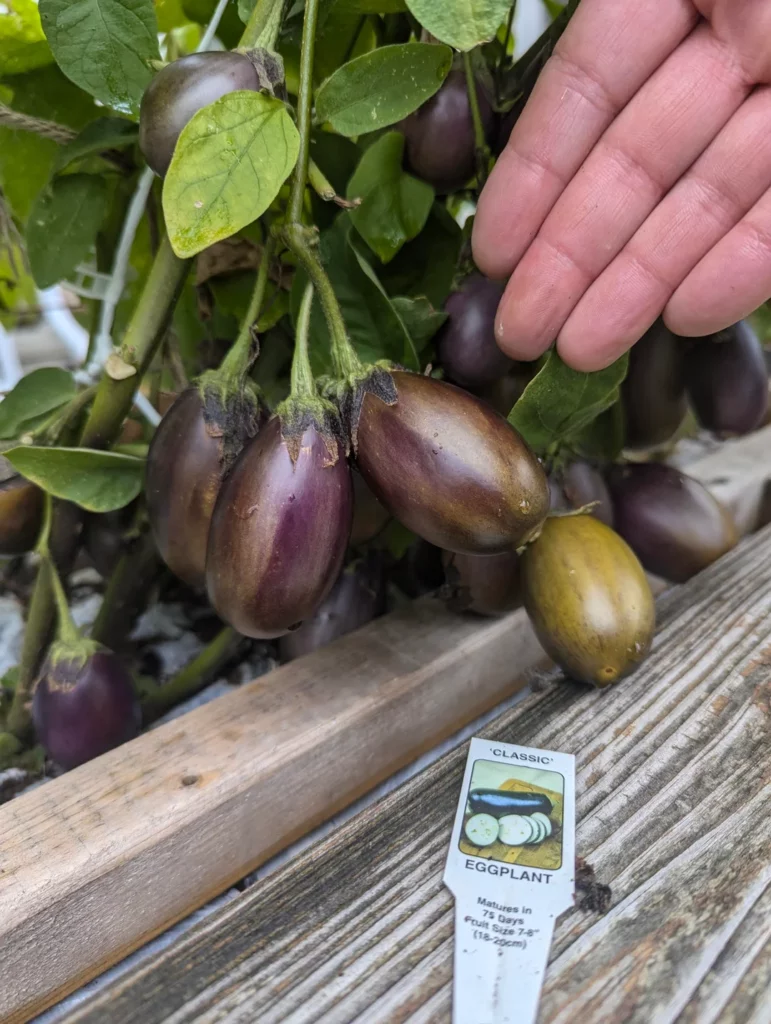Some veggies are just too good not to grow, no matter how big or small the garden is. These 18 have never let me down—they’re easy, reliable, and keep my kitchen happy all season long.
A few of them practically grow themselves, and others are just too tasty to skip. I’ve grown them through heatwaves, surprise frosts, and everything in between.
If you’ve ever wondered which vegetables are truly worth the space, this list has you covered.
1. Cherry Tomatoes
Nothing compares to the sweetness that develops when these little gems ripen on the vine. Cherry tomatoes produce abundantly from summer until frost, often giving you hundreds of fruits from just one plant. They’re perfect for beginners because they forgive many mistakes.
Unlike their larger cousins, cherry varieties resist many common tomato problems. They rarely crack or develop blossom end rot, and they continue producing even during heat waves when larger tomatoes stop setting fruit.
Plant them deep—bury about two-thirds of the stem when transplanting. This creates a stronger root system as the buried stem will grow additional roots. Even apartment dwellers can grow these in hanging baskets or containers on a sunny balcony.
2. Bush Beans
Ready to harvest in just 50-60 days, these garden workhorses deliver protein-packed pods with minimal fuss. Bush beans don’t require staking or trellising like pole varieties, making them perfect for gardeners who want simplicity without sacrificing production.
Their shallow roots actually improve soil by fixing nitrogen, leaving your garden better than they found it. Most varieties resist common bean diseases and produce heavily for several weeks before slowing down.
Try succession planting—sow new seeds every 2-3 weeks for continuous harvests all season. I’ve found that mulching around bean plants keeps them producing longer during hot weather by keeping roots cool and moisture levels consistent. Even in poor soil, bush beans usually perform admirably.
3. Zucchini
Famous for its almost ridiculous productivity, a single plant can easily feed a family all summer long. The tender fruits cook quickly and absorb flavors beautifully, making them incredibly versatile in the kitchen from stir-fries to baked goods.
Few vegetables give you more bang for your buck and space. Zucchini plants start producing within 45-55 days after planting and continue until frost or disease takes them down. They thrive in average soil and tolerate less-than-ideal conditions.
Harvest when fruits are 6-8 inches long for the best flavor and texture. Letting them grow larger results in tough skin and seedy flesh. Morning is the ideal harvest time when the fruits are cool and crisp. Keep an eye on your plants—zucchini can literally double in size overnight!
4. Kale
Few vegetables offer more nutritional punch per square foot of garden space. Growing throughout spring, fall, and even winter in milder climates, kale delivers multiple harvests from the same plants for months on end. Just pick the outer leaves and let the center continue growing.
Cold weather actually improves kale’s flavor by converting starches to sugars, making fall and winter harvests sweeter than summer ones. Most varieties shrug off light frosts down to about 20°F without protection, extending your growing season dramatically.
Try massaging harvested kale with a little olive oil and salt to break down the tough fibers before using it in salads. This simple technique transforms it from tough to tender in minutes. For summer growing, look for heat-tolerant varieties like ‘Lacinato’ that won’t turn bitter in warm weather.
5. Garlic
Plant it once in fall, forget about it all winter, and harvest flavor-packed bulbs the following summer. Garlic requires almost no maintenance between planting and harvesting, making it perfect for busy gardeners who want big rewards for minimal effort.
Beyond its culinary value, garlic acts as a natural pest deterrent in the garden. Its strong scent confuses many insects that might otherwise attack your vegetables. Most varieties store for months after curing, providing homegrown flavor well into winter.
Save your largest, healthiest bulbs for replanting—they’ll produce bigger bulbs next season. Over several years, you’ll develop a strain perfectly adapted to your specific growing conditions. After harvesting in early summer, that space becomes available for fall crops, making garlic an efficient use of garden real estate.
6. Snap Peas
Sweet enough to eat straight off the vine, these early spring producers bring garden joy when most other vegetables are just getting started. The entire pod is edible, crisp and juicy, making them perfect for snacking, stir-fries, or salads.
As legumes, snap peas improve your soil by fixing nitrogen from the air. They grow happily in cooler weather when many pests aren’t yet active, meaning they often need no pest control whatsoever. Most varieties produce heavily for several weeks before heat slows them down.
Give them something to climb—even a simple trellis of twine between stakes works perfectly. Vertical growing maximizes your harvest from a small footprint. I’ve found that soaking seeds overnight before planting speeds germination significantly and leads to stronger seedlings that establish quickly in cool spring soil.
7. Swiss Chard
With its colorful stems and nutritious leaves, Swiss chard brings beauty and function to any garden space. Unlike many greens that bolt in summer heat, chard keeps producing from spring through fall and often survives winter in milder climates.
Harvest begins just 30 days after planting when you can start taking outer leaves while the center continues growing. This cut-and-come-again quality means a few plants provide months of continuous harvests. Chard handles partial shade better than most vegetables, making it perfect for less sunny garden spots.
Look for ‘Bright Lights’ or similar varieties with stems in red, yellow, pink, and orange for visual appeal alongside nutrition. The young leaves taste milder and work well in salads, while mature leaves are perfect for cooking like spinach. Even neglected plants bounce back quickly after watering if they wilt during dry spells.
8. Radishes
Ready to harvest in just 21-30 days from seeding, radishes deliver quick garden gratification when most vegetables are still developing. Their peppery crunch adds character to salads and sandwiches, and they’re perfect for impatient gardeners or children learning to grow food.
Radishes can be tucked between slower-growing vegetables, maximizing garden space. By the time their neighbors need room to expand, the radishes are already harvested. They grow well in spring and fall, bookending your main growing season with harvests when other vegetables are scarce.
Try successive plantings every 1-2 weeks for continuous harvests. Don’t forget that radish greens are edible too—young leaves add a peppery kick to salads or can be quickly sautéed. For summer growing, look for heat-tolerant varieties like ‘French Breakfast’ that won’t turn woody or overly spicy in warm weather.
9. Bell Peppers
Few vegetables transform so dramatically during ripening, changing from grassy-tasting green to sweeter red, yellow, or orange fruits with completely different flavor profiles. This gives you essentially two different vegetables from the same plant, depending on when you harvest.
Bell peppers continue producing from midsummer until frost, with production often increasing as nights cool in early fall. They store well in the refrigerator and freeze beautifully without blanching, simply sliced into strips or diced for winter cooking.
Give them a slow-release organic fertilizer at planting time rather than high-nitrogen feeds. Too much nitrogen produces lush leaves but fewer fruits. In cooler climates, try growing them in containers that can be moved to maximize sun exposure or protect from early frosts, extending your harvest season by weeks.
10. Carrots
Pulling perfect carrots from the soil feels like discovering buried treasure. Their sweet flavor develops best in your own garden because you can harvest them at peak ripeness instead of the storage varieties sold in stores.
Fall-planted carrots develop extraordinary sweetness after light frosts convert their starches to sugars. With proper mulching, many varieties can be left in the ground through winter in zones 5 and warmer, providing fresh harvests during months when the garden seems dormant.
Mix carrot seeds with radish seeds when planting—the quick-growing radishes break the soil crust and mark the rows while slower carrot seeds germinate. Thin seedlings ruthlessly when they’re about 2 inches tall, allowing remaining plants proper space to develop.
11. Cucumbers
Cooling and refreshing, homegrown cucumbers taste nothing like their waxed, bitter store counterparts. They transform ordinary water into something special and make simple summer meals feel luxurious with minimal effort.
Modern varieties resist many common cucumber diseases that plagued gardens in the past. Once they start producing, a healthy plant yields cucumbers every few days for weeks. Trellised cucumbers take up minimal space while producing straight, clean fruits that don’t develop the yellow belly common in ground-grown specimens.
Harvest frequently—every 2-3 days—to keep plants producing. Overripe cucumbers left on the vine signal the plant to stop flowering and set seed. Morning harvests yield the crispest fruits when they’re naturally hydrated. For smaller spaces, look for bush varieties that produce full-sized fruits on compact plants perfect for containers.
12. Green Onions
Always ready when you need them, green onions add fresh flavor to countless dishes year-round. They grow quickly from seed, reaching usable size in just 30 days, but can also be regrown from store-bought roots for essentially free vegetables.
Unlike many garden vegetables, green onions thrive in partial shade and don’t mind being crowded, making them perfect for small spaces or less-than-ideal conditions. They’re virtually pest-free compared to other garden vegetables, rarely bothered by insects or diseases that plague other crops.
Try planting them in repurposed containers like yogurt cups with drainage holes punched in the bottom. This allows for easy harvest—just bring the whole container to the kitchen when cooking. The bottoms with roots can be replanted after cutting the tops, giving you endless harvests from the same plants.
13. Lettuce
Growing your own transforms salads from an obligation to a pleasure. Homegrown lettuce offers flavors and textures impossible to find in stores, where shipping concerns limit varieties to only the most durable types.
With succession planting every two weeks, you can have fresh lettuce from early spring through early summer, then again in fall. Loose-leaf varieties allow you to harvest outer leaves while the plant continues growing, stretching your harvest period from each planting.
Grow lettuce in partial shade during warm weather to prevent bitter flavor and premature bolting. Try the cut-and-come-again method—when plants reach about 4-5 inches tall, cut the entire plant about an inch above soil level. Most varieties will regrow for a second or even third harvest from the same roots.
14. Spinach
Packed with iron and vitamins, homegrown spinach delivers nutrition and flavor far beyond store-bought bags. The tender leaves harvested moments before eating have a sweetness that disappears within hours of picking.
As a cool-season crop, spinach produces heavily in spring and fall when many other vegetables are either just starting or finishing their season. It grows quickly from seed, ready for baby leaf harvests in just 30 days, making it perfect for filling the “hungry gap” in early spring.
Protect spring plantings with shade cloth as temperatures rise to extend the harvest season by weeks. For continuous production, plant new seeds every 2-3 weeks until hot weather arrives. Look for heat-tolerant varieties like ‘Tyee’ or ‘Space’ that resist bolting longer than traditional types for extended spring harvests.
15. Potatoes
Few garden moments match the excitement of digging potatoes—it’s like a treasure hunt that ends with dinner. Each plant typically yields 5-10 potatoes, providing significant food value for the space they occupy.
Growing your own lets you explore varieties with flavors and colors never found in grocery stores, from purple flesh to buttery yellows with tastes ranging from nutty to sweet. They store for months without processing, providing homegrown food well into winter from a single growing season.
Try growing them in containers or grow bags for easier harvesting and to prevent spreading soil diseases. When plants flower, you can gently reach into the soil to harvest “new potatoes” while allowing the plant to continue producing larger tubers for later.
16. Pole Beans
Reaching skyward on trellises or poles, these garden climbers produce for months once they start bearing. The vertical growth habit means high yields from minimal ground space—perfect for small gardens where every square foot matters.
Unlike bush varieties that produce all at once, pole beans deliver steady harvests over a long season, often until frost. Their height makes harvesting easier on your back compared to bush types that require bending. Many heirloom varieties offer exceptional flavor while connecting you to food traditions stretching back generations.
Train young plants by gently wrapping them around their support in the direction they naturally want to grow. Once they get started, they’ll climb on their own. Harvest frequently—every 2-3 days—when beans are pencil-thick for the most tender texture and to keep plants producing.
17. Beets
Both root and leaf in one plant, beets are a two-for-one vegetable that thrive in a wide range of climates. Their sweet, earthy roots are perfect for roasting, pickling, or shredding raw into salads, while the leafy tops are packed with nutrients and can be cooked like chard or spinach.
Beets are relatively pest-free and tolerate cooler soil, making them ideal for early spring and fall plantings. They grow best in loose, well-drained soil but still perform decently in less-than-perfect conditions. Most varieties are ready in 55-70 days, depending on size preference.
For the sweetest roots, harvest when beets are about the size of a golf ball to a tennis ball—larger beets may get woody. Thin seedlings early to ensure proper root development, and don’t toss the thinnings!
18. Eggplant
A heat-loving star of the summer garden, eggplant rewards growers with glossy fruits in a stunning range of shapes and colors—from slender Japanese varieties to round, deep-purple classics. Their meaty texture makes them a versatile option in everything from stir-fries to grilling and even vegetarian mains.
Eggplants thrive in full sun and well-drained soil, producing steadily once summer heat kicks in. While they take a little longer to mature (usually 70-85 days), they more than make up for it with generous yields per plant and a long harvest window through early fall.
Stake or cage plants early to support the heavy fruits and prevent breakage. Regular harvesting encourages continued production—pick when fruits are glossy and firm, before the skin dulls and seeds become tough.

